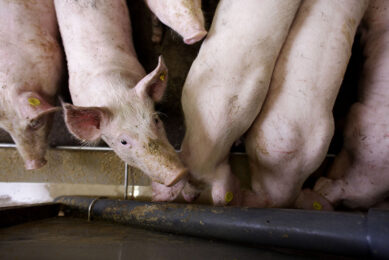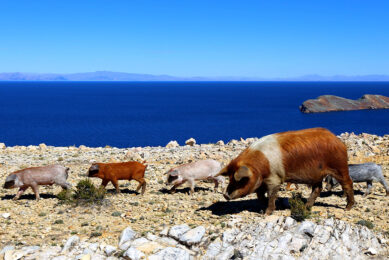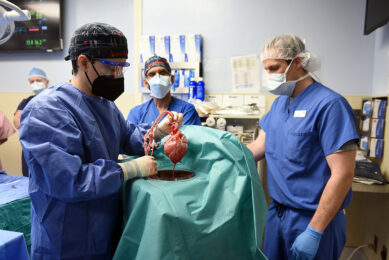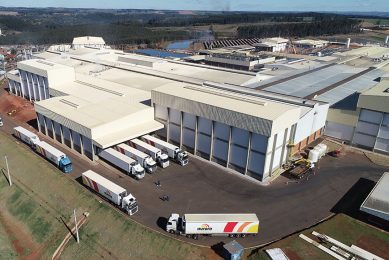Northern Ireland pig herd shows ‘bounce back’ ability
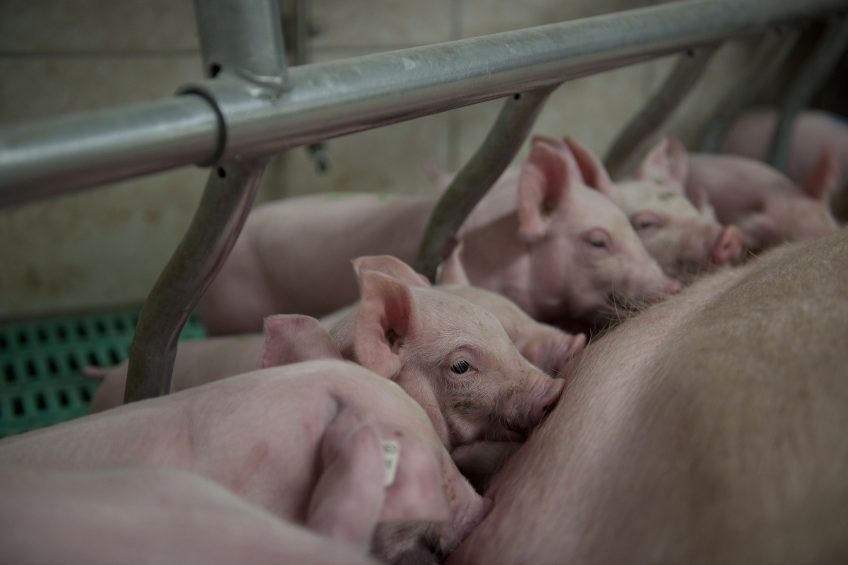
Using more prolific genetics as well as increasing the feed intake to lactating sows has helped boost the overall pig herd performance in Northern Ireland over the past few years.
The industry there has suffered hard in recent times pushing many pig farmers out of business with increasing feed costs a major culprit. However, increased efficiencies in pig production has meant the overall pig industry has proven well capable of bouncing back especially after a tough time.
By implementing new technologies and mindset, pig farmers have been able to progress thanks to the efforts of the local advisers within the Northern Irish College of Agriculture, Food and Rural Enterprise (Cafre)
Improved pig housing design
Other factors that have helped boost efficiencies and subsequent herd performance include improved housing design and management techniques for increasing piglet survival rates.
As part of a Cafre technology project, the breeding herd performance of pig farms has been monitored over recent years using computerised recording programmes.

Want to know what’s going on in pig countries all around the world? Browse through our ‘Country Focus’ map
Over the past 5 years the figures show there has been a 14% increase in litter size and an 11.5% increase in pigs weaned per sow per year. In 2013 the average born alive for sows and gilts was 12.6, average gilt litter size was 12 and pigs weaned per sow per year were 26.
The equivalent figures today are 14.4, 13.6 and an impressive 29 pigs weaned per sow per year. Of the farms participating in the Cafre technology project, 14 are now weaning over 30 pigs per sow per year.
Average live weight of pigs increased
While the increases in breeding herd performance are much welcomed, there have been other factors that have also improved. Over the same period the average live weight of pigs at slaughter has also increased and the average deadweight of pigs slaughtered is now almost 89 kg.
The combined effect of more pigs sold per sow per year and higher sale weights is a 350 kg increase in the kg of pigmeat produced per sow per year. In practice this means the ‘average’ 250 sow birth to bacon unit is now producing 88 tonnes per year more pigmeat today than it did five years ago.
Management of large pig litters
The increase in output however comes with its challenges, the main one being the management of large litters. As litter size increase more small pigs are born and there is also a greater variation in the birth weight of pigs in a litter.
This variation is due to overcrowding and the position of pigs in the uterus, with some pigs receiving more nutrients than others, resulting in the birth of some very large pigs.
Cafre say it has investigated several techniques that can help with the management of large litters. These include the use of nurse sows, with both the ‘one step’ and ‘cascade’ systems now widely used. The use of nurse sows is successful as the pigs moved to the nurse sow do not have to compete for a teat as all her pigs have been weaned.
Cross-fostering due to larger litters
Although cross fostering has always been used to even up litter size more pigs are now fostered due to larger litters. The general rules for cross fostering are that it should only take place between litters that are 12 to 24 hours old and, as far as possible, pigs should only be fostered once.
However, this is not the case on some farms where pigs are fostered in the second and third weeks of lactation and even some moved several times.
Cafre adds that with its ‘bounce back’ ability and a willingness to adopt new technologies the Northern Ireland pig industry continues to thrive and meet its overall aims of improved output and reduced cost of production per kg of pigmeat.



